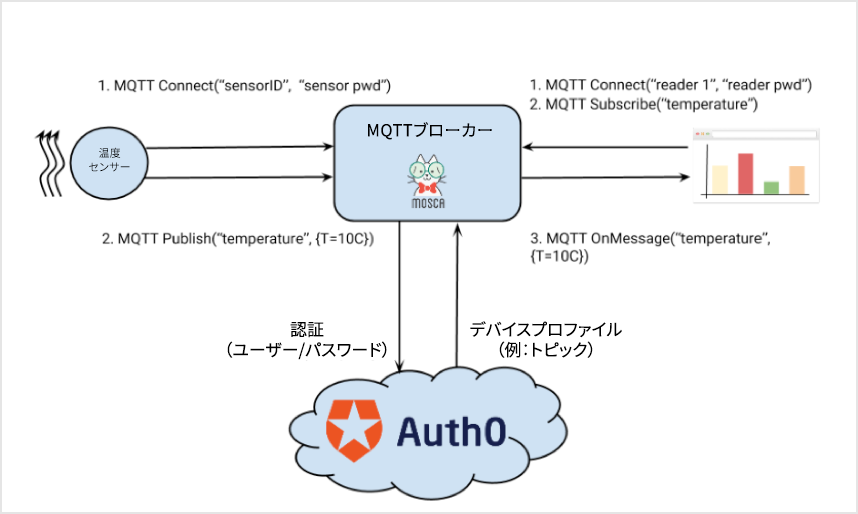var request = require('request');
var jwt = require('jsonwebtoken');
function Auth0Mosca(auth0Namespace, clientId, clientSecret, connection)
{
this.auth0Namespace = auth0Namespace;
this.connection = connection;
this.clientId = clientId;
this.clientSecret = clientSecret;
}
Auth0Mosca.prototype.authenticateWithJWT = function(){
var self = this;
return function(client, username, password, callback) {
if( username !== 'JWT' ) { return callback("Invalid Credentials", false); }
// console.log('Password:'+password);
jwt.verify(password, self.clientSecret, function(err,profile){
if( err ) { return callback("Error getting UserInfo", false); }
console.log("Authenticated client " + profile.user_id);
console.log(profile.topics);
client.deviceProfile = profile;
return callback(null, true);
});
}
}
Auth0Mosca.prototype.authenticateWithCredentials = function(){
var self = this;
return function(client, username, password, callback) {
var data = {
client_id: self.clientId, // {client-name}
username: username.toString(),
password: password.toString(),
connection: self.connection,
grant_type: "password",
scope: 'openid name email' //Details: https:///scopes
};
request.post({
headers: {
"Content-type": "application/json"
},
url: self.auth0Namespace + '/oauth/ro',
body: JSON.stringify(data)
}, function(e,r,b){
if(e){
console.log('Error in Authentication');
return callback(e,false);
}
var r = JSON.parse(b);
if( r.error ) { return callback( r, false); }
jwt.verify(r.id_token, self.clientSecret, function(err,profile){
if( err ) { return callback("Error getting UserInfo", false); }
client.deviceProfile = profile;
return callback(null, true);
});
});
}
}
Auth0Mosca.prototype.authorizePublish = function() {
return function (client, topic, payload, callback) {
callback(null, client.deviceProfile && client.deviceProfile.topics && client.deviceProfile.topics.indexOf(topic) > -1);
}
}
Auth0Mosca.prototype.authorizeSubscribe = function() {
return function(client, topic, callback) {
callback(null, client.deviceProfile && client.deviceProfile.topics && client.deviceProfile.topics.indexOf(topic) > -1);
}
module.exports = Auth0Mosca;



